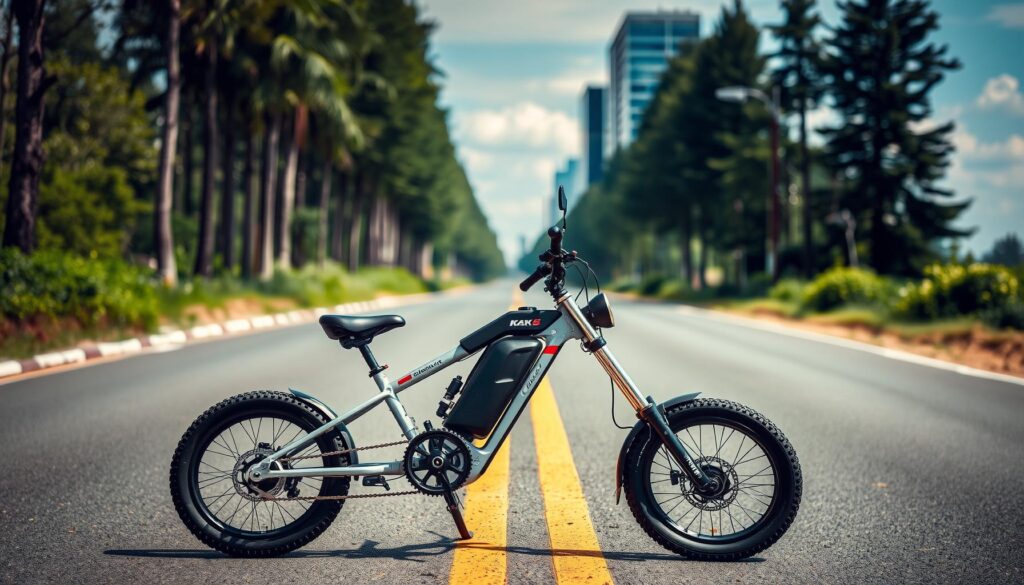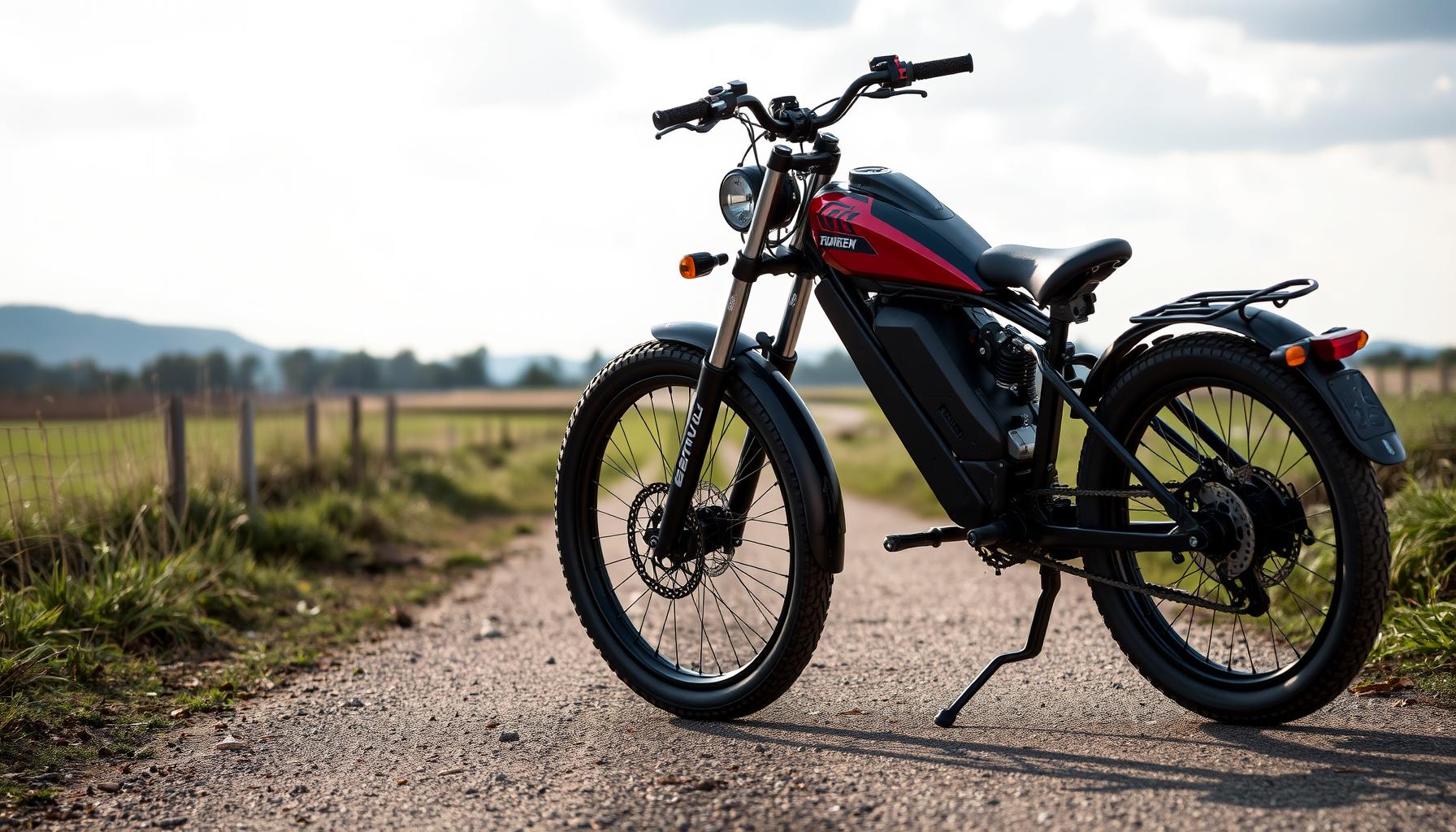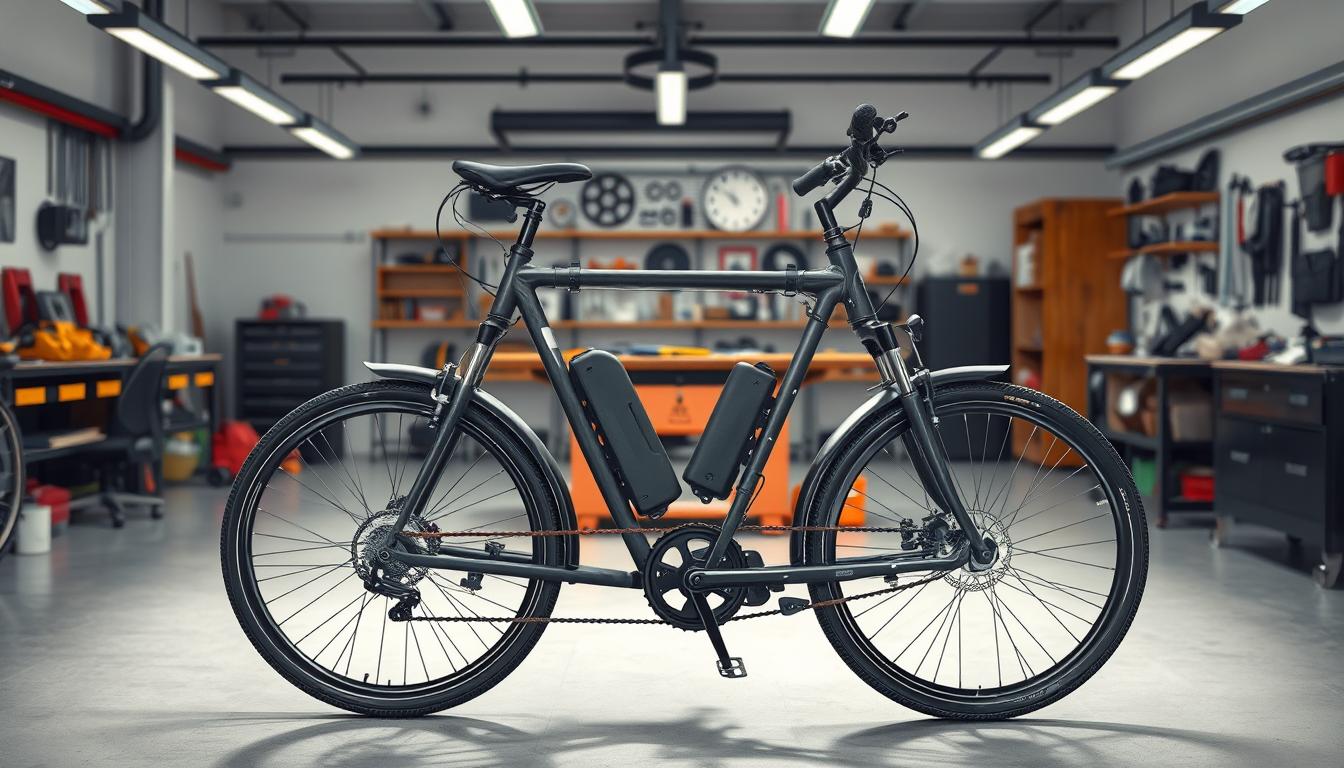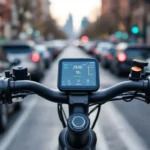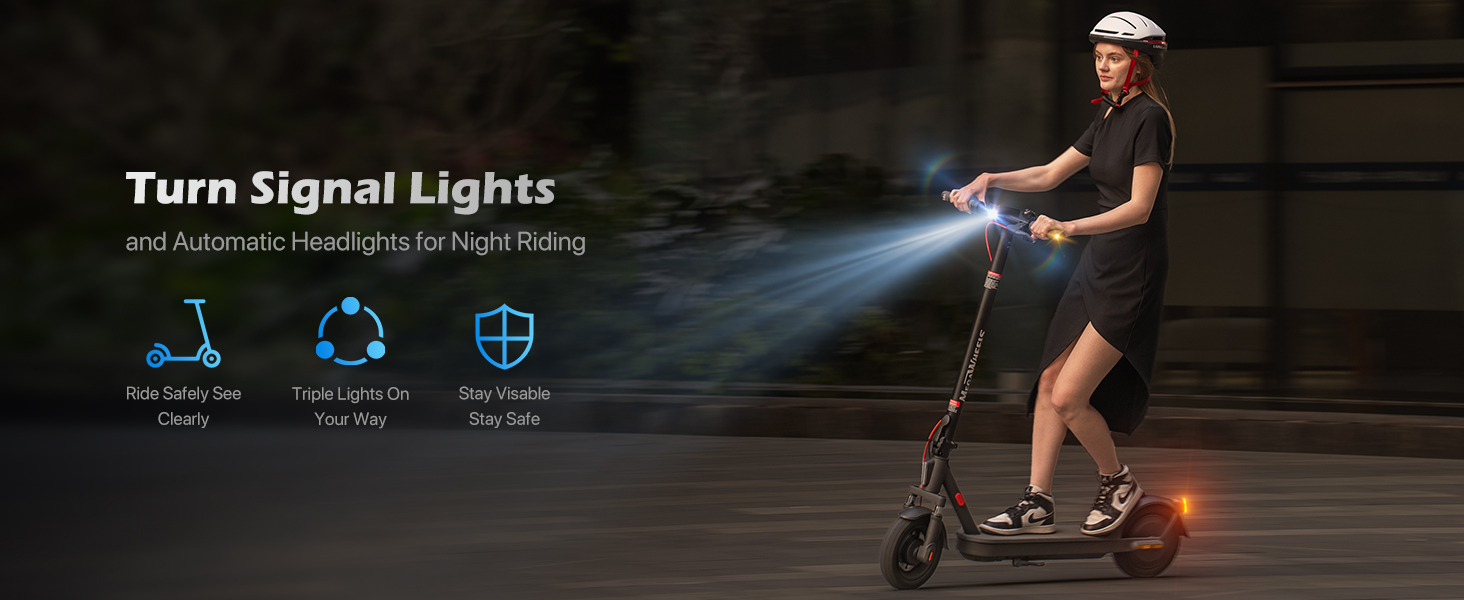Now Reading: E-Bike & E-Scooter Safety: Smart City Riding Tips
-
01
E-Bike & E-Scooter Safety: Smart City Riding Tips
E-Bike & E-Scooter Safety: Smart City Riding Tips
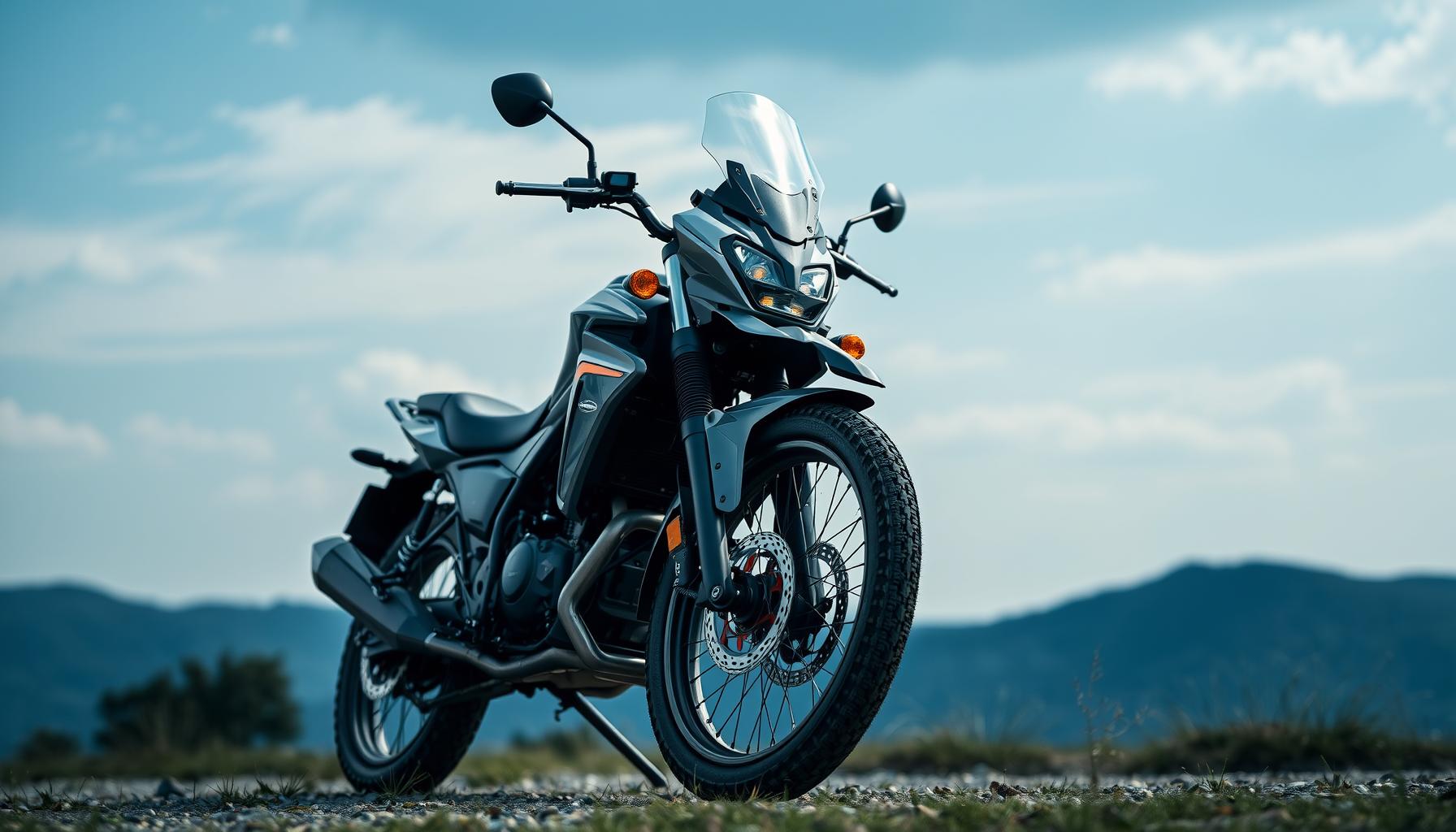
Table of Contents
E-Bike and E-Scooter Safety: How to Ride Smart in the City
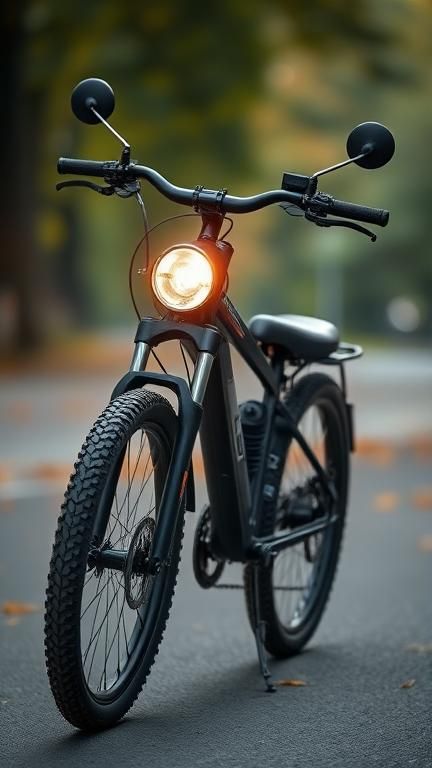
The electric revolution has transformed urban transportation, with e-bikes and scooters becoming increasingly prevalent on city streets. While offering an eco-friendly alternative to cars, these vehicles present unique safety challenges that many riders underestimate. Recent studies indicate accident rates for e-bikes are 50% higher than conventional bicycles, with head injuries representing the most common serious injury. Unlike traditional bikes, electric models offer instant acceleration, reach higher speeds, and often operate silently – creating surprising hazards for both riders and pedestrians. This guide examines practical safety measures that address the specific risks of electric micromobility, from choosing the right protective gear to mastering urban riding techniques that could save your life.
The Right Gear Makes All the Difference
Specialized safety equipment for e-bike and scooter riders includes:
- Enhanced helmets: Look for CPSC 1203 or NTA-8776 certification with full-face coverage for higher speed models
- High-visibility accents: ANSI/ISEA 107-certified reflective clothing for urban night riding
- Protective riding gloves: Features like silicone grip patterns and reinforced knuckles
- Sturdy footwear: Closed-toe shoes with ankle support and slip-resistant soles
- Smart lighting systems: 800+ lumen headlights with daytime running modes
- Weather protection: Water-resistant jackets with ventilation for changing conditions
Investing in proper gear can prevent up to 80% of serious injuries in low-speed crashes.
Mastering Urban Riding Skills
Essential techniques for navigating city streets safely:
- Situational awareness: Scanning intersections before entering and checking blind spots
- Speed management: Reducing speed in high-risk areas like construction zones and school zones
- Defensive positioning: Riding predictably and avoiding car door zones (3-5 feet from parked vehicles)
- Braking technique: Progressive pressure application with weight distribution awareness
- Emergency maneuvers: Practicing quick stops and obstacle avoidance in safe areas
- Right-of-way awareness: Understanding when to yield to pedestrians and vehicles
Developing muscle memory for these skills requires regular practice but significantly reduces accident risk.
Essential Vehicle Maintenance
Key maintenance tasks to ensure your ride stays safe:
- Daily checks: Tire pressure, brake function test, and light inspection
- Weekly maintenance: Chain lubrication and bolt tightness verification
- Monthly service: Brake pad inspection and wheel alignment check
- Seasonal attention: Battery health check and full electrical system diagnostics
- Software updates: Installing the latest firmware for optimal performance
- Proper storage: Protecting your e-ride from extreme temperatures and moisture
Regular maintenance prevents most mechanical failures that lead to accidents.
Understanding the Legal Landscape
Important regulations every rider should know:
- Vehicle classification: Differences between Class 1, 2, and 3 e-bikes
- Age requirements: Minimum age rules that vary by jurisdiction
- Helmet laws: Local mandates for different age groups and vehicle types
- Road use permissions: Where e-bikes and scooters are allowed to operate
- Speed restrictions: Maximum limits for different road types
- Parking rules: Designated areas versus sidewalk restrictions
Staying compliant with local laws helps protect both riders and the public.
Building a Culture of Safety
The growth of micromobility presents both opportunities and responsibilities for urban transportation. By combining proper equipment, developed skills, and mechanical awareness, riders can enjoy the benefits of e-bikes and scooters while minimizing risks. Cities leading in safety have implemented education programs alongside infrastructure improvements like protected bike lanes. Remember that responsible riding includes respecting pedestrians, signaling clearly, and staying alert to surroundings. As these vehicles become more mainstream, our collective commitment to safe practices will determine whether micromobility reaches its full potential as a sustainable transportation solution. The power to create safer streets starts with every individual rider making smart choices.


